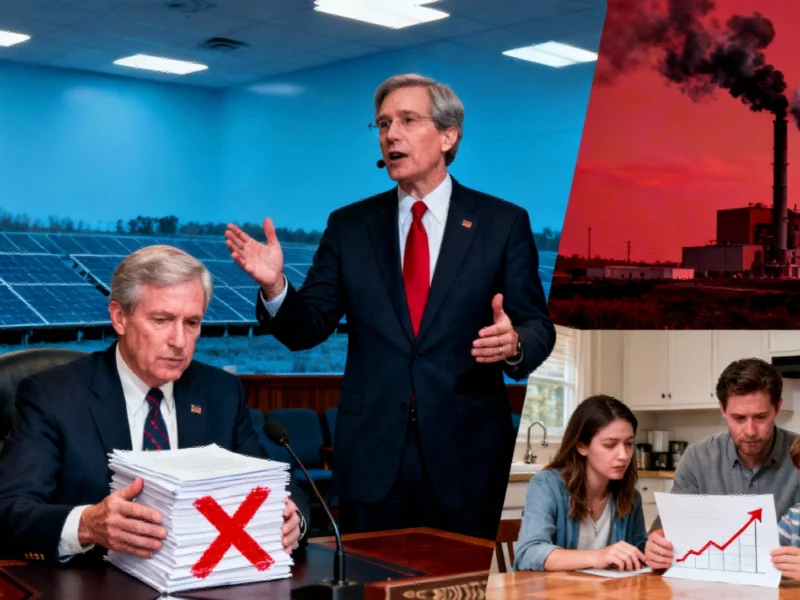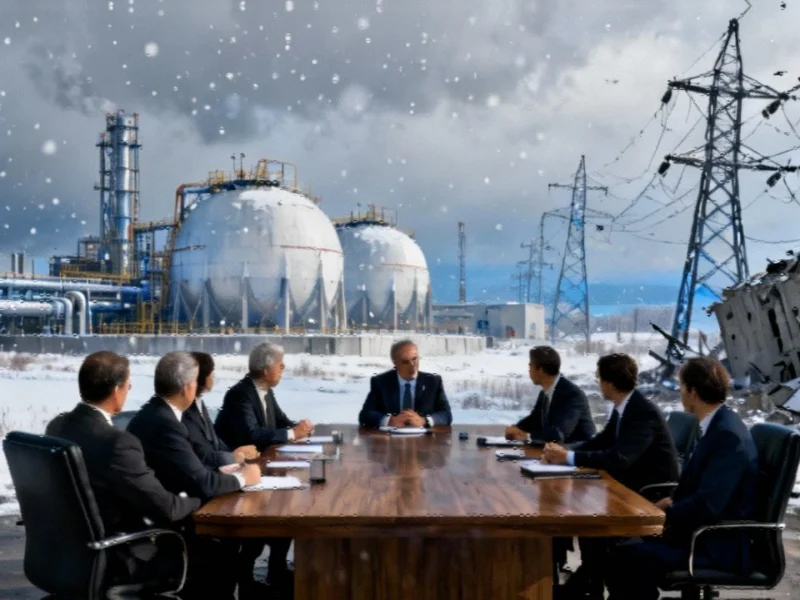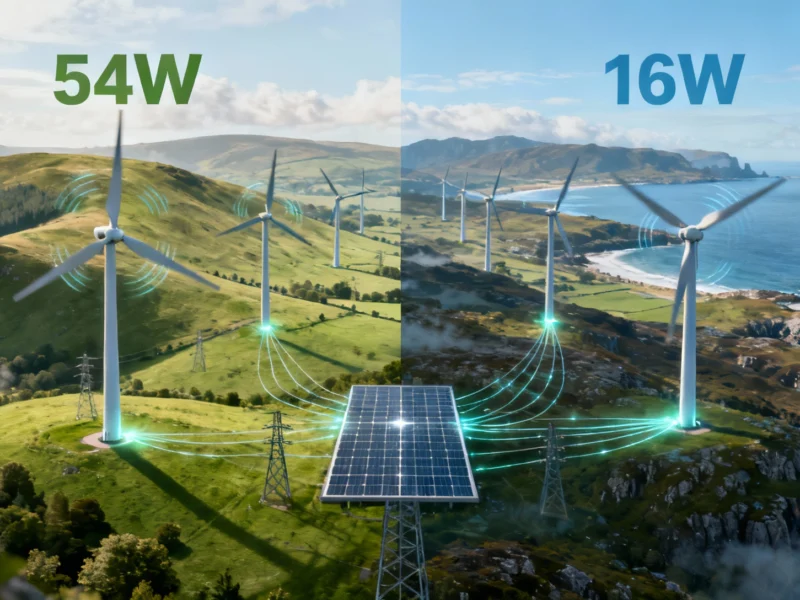Washington faces escalating concerns over national energy security as the cancellation of nearly $8 billion in Department of Energy grants threatens to destabilize power grids and drive consumer costs significantly higher, according to congressional energy leaders. The move to terminate funding for 233 clean energy projects has sparked legal challenges and warnings about America’s ability to meet growing electricity demands.
Senator Martin Heinrich, the top Democrat on the U.S. Senate Energy Committee, emphasized that these project cancellations violate contractual agreements and will inevitably lead to soaring energy prices for American households and businesses. As recent analysis confirms, the administration’s decision to scrap $7.56 billion in clean energy funding comes at a particularly vulnerable moment for the nation’s power infrastructure.
“These projects represented critical investments in grid modernization and energy diversification,” Heinrich stated. “By constraining our ability to add flexible, reliable energy sources to the grid, we’re essentially guaranteeing higher costs for consumers and increased vulnerability to supply disruptions.”
Political Dimensions and Geographic Impact
The funding cuts display distinct political and geographic patterns, with 218 of the affected projects located in states with Democratic governors. The projects span essential clean energy technologies including advanced battery storage systems, green hydrogen production facilities, and grid modernization initiatives that analysts say are crucial for maintaining stable electricity delivery.
This development occurs alongside other infrastructure challenges, including growing concerns about environmental management at industrial sites that could further complicate energy production and distribution networks.
AI-Driven Electricity Demand Compounds Crisis
The timing of these cuts appears particularly problematic given the unprecedented surge in electricity consumption driven by data centers powering artificial intelligence applications. Retail electricity prices have already increased by 10% year-over-year even before the grant cancellations, creating what energy experts describe as a perfect storm for consumer energy affordability.
“We’re witnessing a fundamental mismatch between our energy infrastructure investments and the explosive growth in power demand,” explained one energy analyst who requested anonymity. “The data center boom requires not just more power, but more reliable and diverse power sources that these canceled projects would have provided.”
Administration’s Energy Priority Shift
The Energy Department has defended its decision by emphasizing a renewed focus on traditional energy sources. Secretary Chris Wright articulated the administration’s position that previous subsidies supported “more expensive energy” and that prioritizing oil, gas, and coal generation will better serve baseload requirements while reducing costs.
This strategic pivot toward conventional energy sources coincides with breakthrough developments in materials science that could potentially transform energy storage and quantum computing applications, though these technologies remain years from commercial deployment.
Industry Response and Investment Trends
Major financial institutions are expressing concern about the long-term implications of reducing clean energy investments. JPMorgan Chase recently announced a $1.5 trillion initiative targeting clean energy, critical minerals, and semiconductor manufacturing, signaling Wall Street’s recognition that renewable energy constitutes an essential component of America’s energy future.
The banking giant’s substantial commitment underscores what many industry leaders have been asserting: that a diversified energy portfolio including renewables is essential for economic competitiveness and grid reliability. This perspective aligns with growing confidence in data center infrastructure investments despite the current policy uncertainties.
Legal Challenges and Contractual Obligations
Legal experts question the administration’s authority to cancel grants after contracts have been formally executed. The unilateral termination of binding agreements could trigger extensive litigation and potentially require substantial termination payments, possibly negating any anticipated savings from the funding cuts.
Several state attorneys general are reportedly reviewing their legal options, particularly in jurisdictions where canceled projects would have created jobs and strengthened local energy security. The coming weeks will likely see increased political and legal pressure as affected parties assess their responses to the funding terminations.
Broader Implications for Energy Transition
These developments occur against the backdrop of America’s ongoing energy transition, raising questions about the nation’s ability to meet both its climate commitments and its growing power needs. Energy analysts warn that relying exclusively on traditional energy sources could leave the grid vulnerable to price volatility and supply constraints, particularly during extreme weather events that are becoming more frequent and severe.
The convergence of technological innovation, changing consumption patterns, and evolving policy priorities creates a complex landscape for energy planners and utility operators who must balance reliability, affordability, and sustainability in their resource planning decisions.
Based on reporting by {‘uri’: ‘reuters.com’, ‘dataType’: ‘news’, ‘title’: ‘Reuters’, ‘description’: ‘Reuters.co.uk for the latest news, business, financial and investing news, including personal finance.’, ‘location’: {‘type’: ‘place’, ‘geoNamesId’: ‘2643743’, ‘label’: {‘eng’: ‘London’}, ‘population’: 7556900, ‘lat’: 51.50853, ‘long’: -0.12574, ‘country’: {‘type’: ‘country’, ‘geoNamesId’: ‘2635167’, ‘label’: {‘eng’: ‘United Kingdom’}, ‘population’: 62348447, ‘lat’: 54.75844, ‘long’: -2.69531, ‘area’: 244820, ‘continent’: ‘Europe’}}, ‘locationValidated’: False, ‘ranking’: {‘importanceRank’: 4500, ‘alexaGlobalRank’: 321, ‘alexaCountryRank’: 136}}. This article aggregates information from publicly available sources. All trademarks and copyrights belong to their respective owners.



